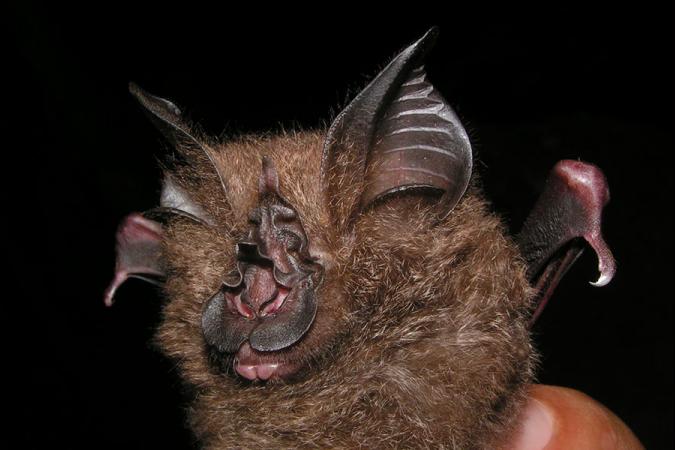
We don’t know why it began – were animals taking advantage of the new chemicals flooding into the sea? Or were they trying to lock them away in mineralised tissues because they found them toxic? Shells, spines, plates and tubesĪll these elements of modern animal skeletons appear in the But the discovery of a new primate is rare. In our crab-eat-crab world, many species still use chemical elements in the water to build hard structures. © EYE OF SCIENCE / SCIENCE PHOTO LIBRARY Animals toughen up Officials at Anglian Water and the Leicestershire and Rutland Wildlife Trust said Monday that they had uncovered the skeleton of an extinct prehistoric reptile predator, known colloquially as a sea. Hexagonal plates made of calcium carbonate. You can see the sheets formed from microscopic 10 coolest non-dinosaur fossils unearthed in 2021 News By Harry Baker published 28 December 2021 The earliest multicellular lifeforms, the largest ever mammal, a fossilized lung and more. Molluscs could start to make substances suchĪs mother-of-pearl, the iridescent coating inside With the chemicals in the seawater around them, This may have put organisms under extra pressure to adapt and also resulted in an environment poised and ready for animal diversification. Several times just before the Ediacaran, the Snowball Earth phenomenon occurred – runaway global cooling. Intriguingly, an early branching point could have been triggered by climate change. This apparent conflict between rocks versus clocks tells us a lot about this earliest period of animal evolution – the time between the very first animals and those that had evolved the features we recognise as belonging to the animals we know today. The 10 greatest discoveries of zoology Zoology The Guardian Archaeopteryx shares some features with ancient reptiles and others with modern birds. The latest research using these molecular clocks places the earliest animals around 100 million years older than fossils imply, before the Ediacaran period.

#Most recent animal discovered code
By counting the number of differences between the same sections of code in different species, you can estimate how long ago they branched away from each other. We can predict the rates of change to genetic code through time, a little like the ticking of a clock. Genetic evidence is helping reveal the timescale of animal evolution. From purring monkeys to the wandering leg sausage, here are 20 amazing animals the wider world has been introduced to in the last two decades. © BIOPHOTO ASSOCIATES / SCIENCE PHOTO LIBRARY

Substances such as cholesterol, essential forĪnimal cells, like the pancreatic cell above, toįunction and a potential indicator of animal life. Life has also left its mark via chemical traces inĮarth’s rocky layers.


 0 kommentar(er)
0 kommentar(er)
